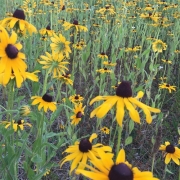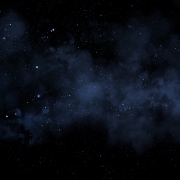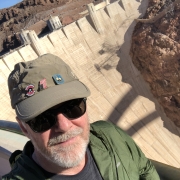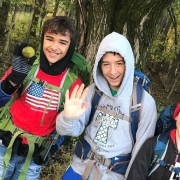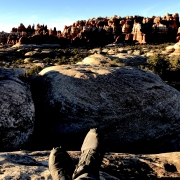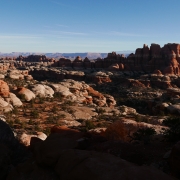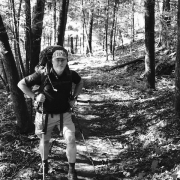My Child has ADHD, What Can I Do?
I began my practice twenty-three years ago working with children with ADHD. I saw kids, usually boys, that were having difficulty with peers, school and their parents. They had difficulty following rules. They had difficulty with getting organized. They had difficulty sustaining their attention. And they were becoming depressed. It is not unusual for kids…


